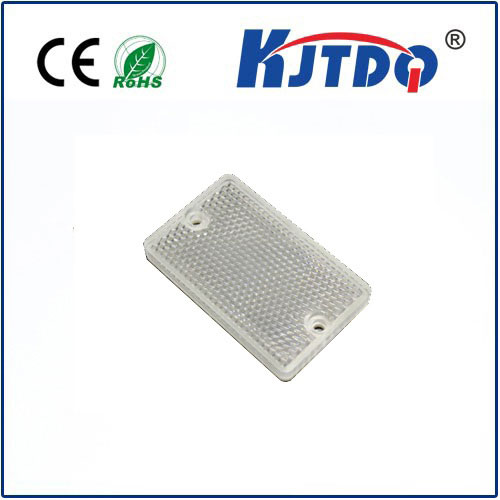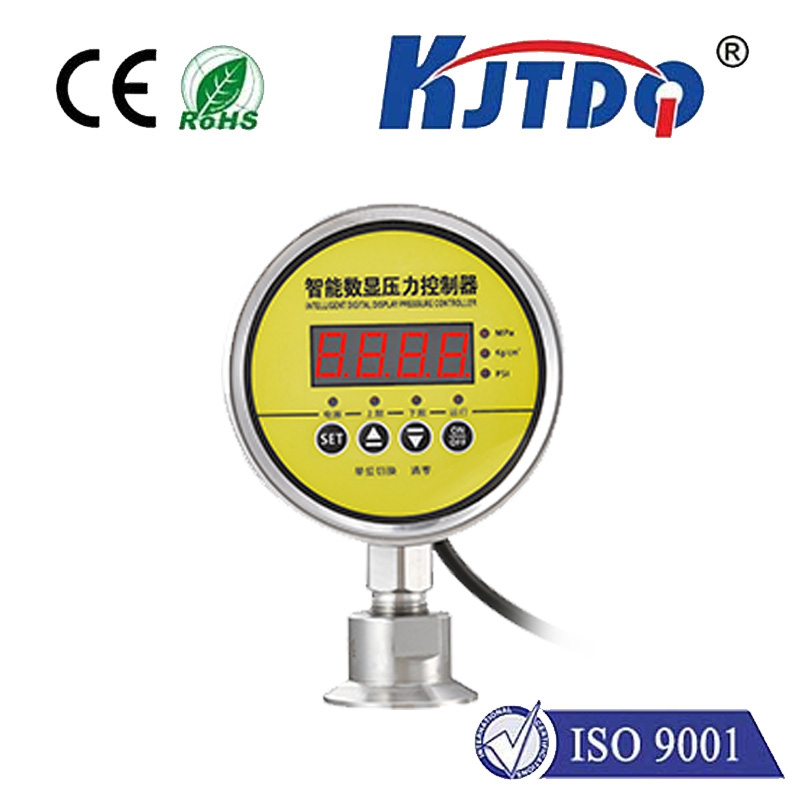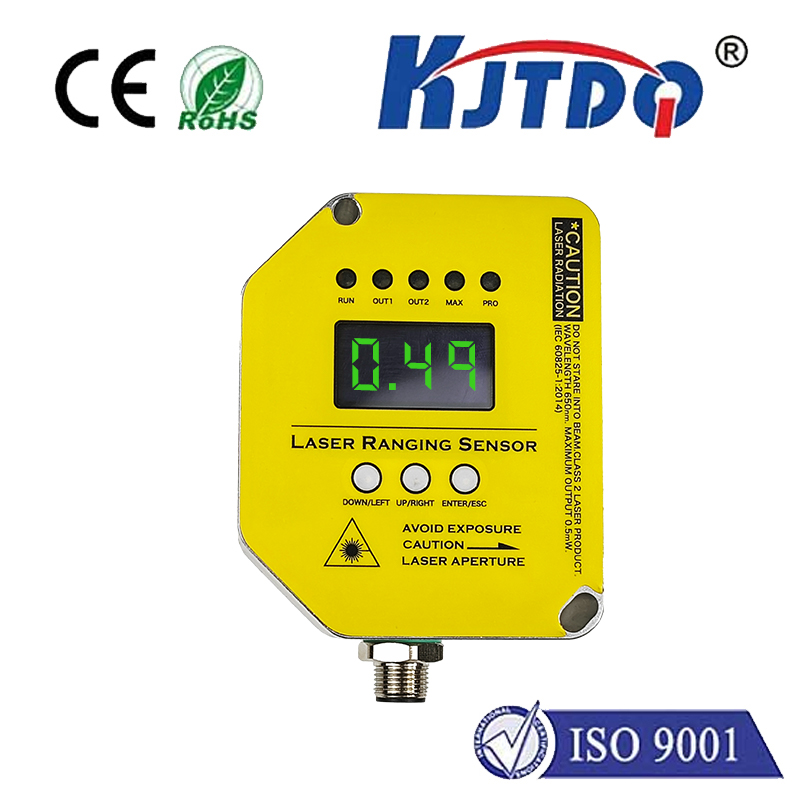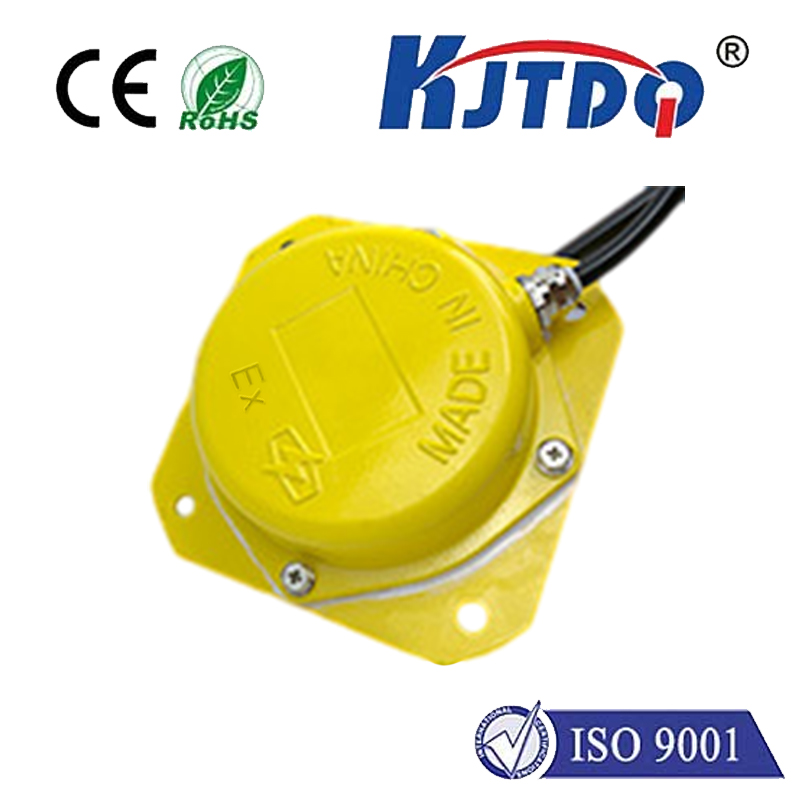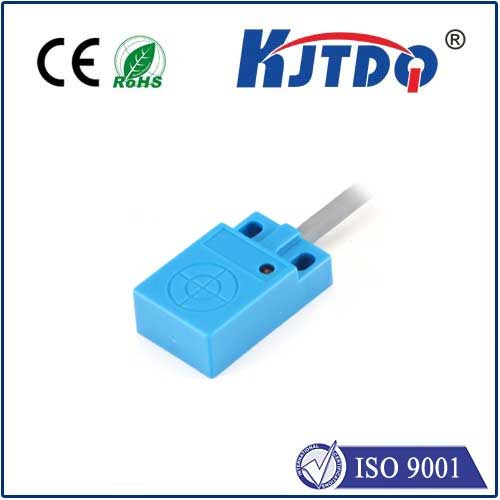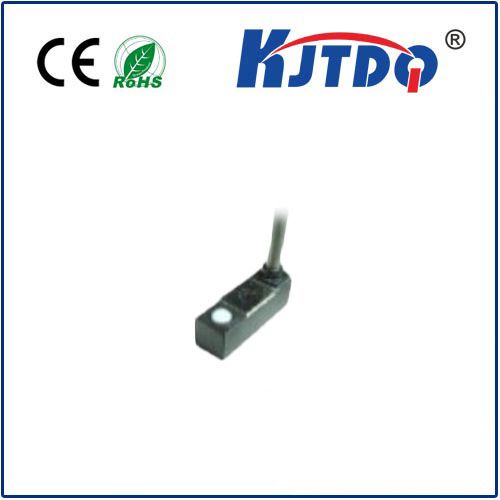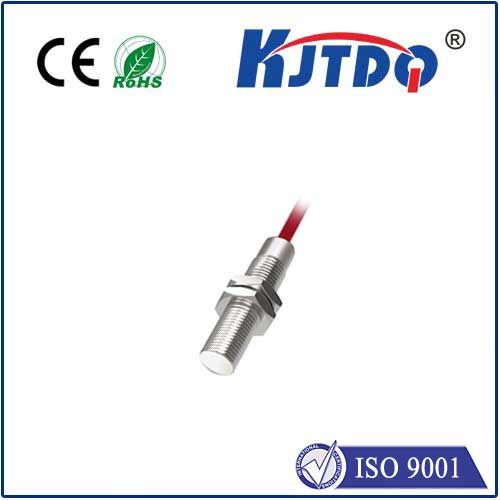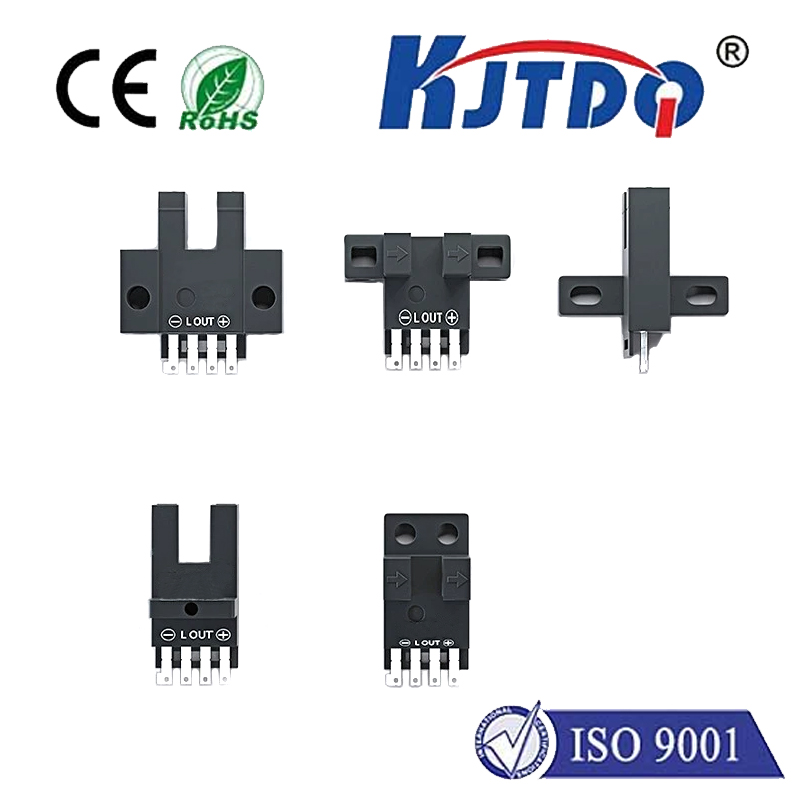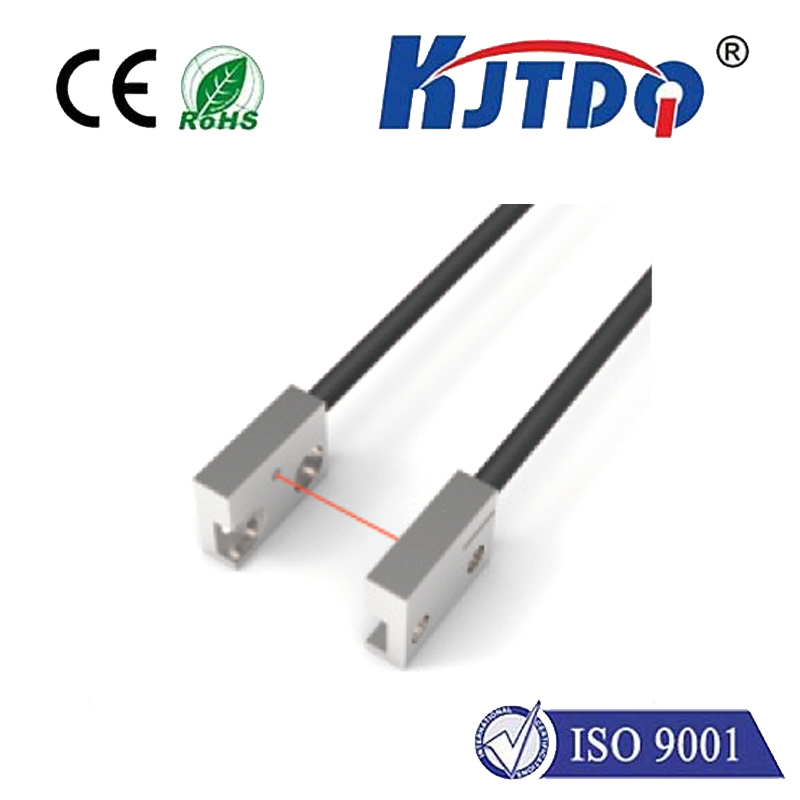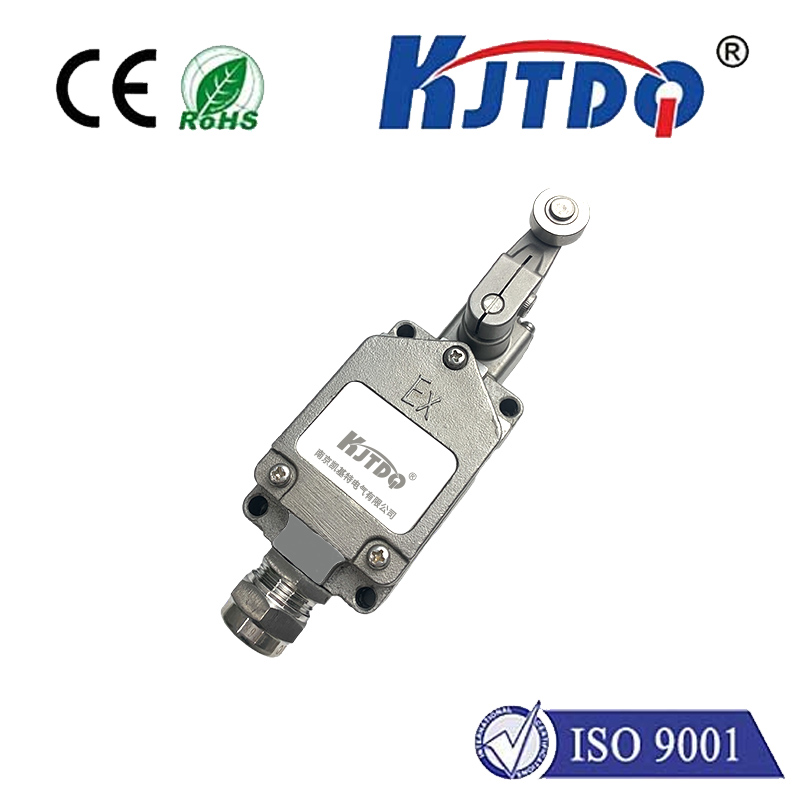
check

check

check

check
Small Capacitive Proximity Sensors: A Revolution in Modern Sensing Technology
The world of sensing technology has witnessed a significant transformation with the advent of small capacitive proximity sensors. These sensors have revolutionized various industries by providing accurate and reliable detection of nearby objects without any physical contact. In this article, we will explore the features, applications, and benefits of small capacitive proximity sensors.
Firstly, let us understand what a small capacitive proximity sensor is. As the name suggests, these sensors utilize capacitance to detect the presence or absence of an object within their vicinity. They work on the principle of capacitive coupling, where an electric field is generated between two conductors separated by a dielectric material. When an object comes close to the sensor, it alters the electric field, causing a change in capacitance that can be measured and interpreted as a detection signal.
One of the key advantages of small capacitive proximity sensors is their compact size. They are designed to be lightweight and easily integrable into various devices and systems. This makes them ideal for applications where space constraints are a concern, such as in portable electronics, medical equipment, and automotive safety systems.

Another notable feature of these sensors is their ability to detect non-metallic objects. Unlike traditional inductive proximity sensors that only detect metallic targets, small capacitive proximity sensors can sense the presence of non-metallic materials like plastic, wood, and even liquids. This broadens their application range significantly and enables them to be used in industries such as packaging, food processing, and chemical handling.
In terms of performance, small capacitive proximity sensors boast high sensitivity and fast response times. They can detect objects at distances ranging from a few millimeters to several centimeters, depending on the sensor design and operating conditions. Moreover, they offer excellent resistance to environmental factors such as temperature variations, humidity, and pollution, making them suitable for harsh industrial environments.
The versatility of small capacitive proximity sensors is further enhanced by their compatibility with different output types. They can be configured to provide digital or analog signals, enabling seamless integration with microcontrollers, programmable logic controllers (PLCs), and other control systems. This flexibility allows users to customize the sensing solution according to their specific requirements and preferences.
Now let us discuss some common applications of small capacitive proximity sensors:
1. Automotive Industry: In vehicles, these sensors are used for occupant detection, door handle sensing, fuel level monitoring, and more. They contribute to improving safety features such as airbag deployment systems and anti-pinch mechanisms for power windows and sunroofs.
2. Consumer Electronics: Small capacitive proximity sensors play a crucial role in touchscreen devices like smartphones and tablets. They also enhance user experience in wearable technology, home automation systems, and gaming controllers by providing intuitive gesture recognition capabilities.
3. Industrial Automation: In manufacturing processes, small capacitive proximity sensors are employed for object counting, positioning, sorting, and level monitoring. They help optimize production efficiency by ensuring accurate detection and control over various operations.
4. Healthcare: These sensors find use in medical diagnostic equipment like blood glucose monitors and breath alcohol testers. Their precision and reliability make them suitable for critical healthcare applications where accuracy is paramount.
In conclusion, small capacitive proximity sensors represent a significant advancement in modern sensing technology. Their compact size, ability to detect non-metallic objects, high sensitivity, and versatility make them an essential component in numerous industries. As technology continues to evolve, we can expect further innovations in the realm of small capacitive proximity sensors, paving the way for even more sophisticated sensing solutions in the future.
